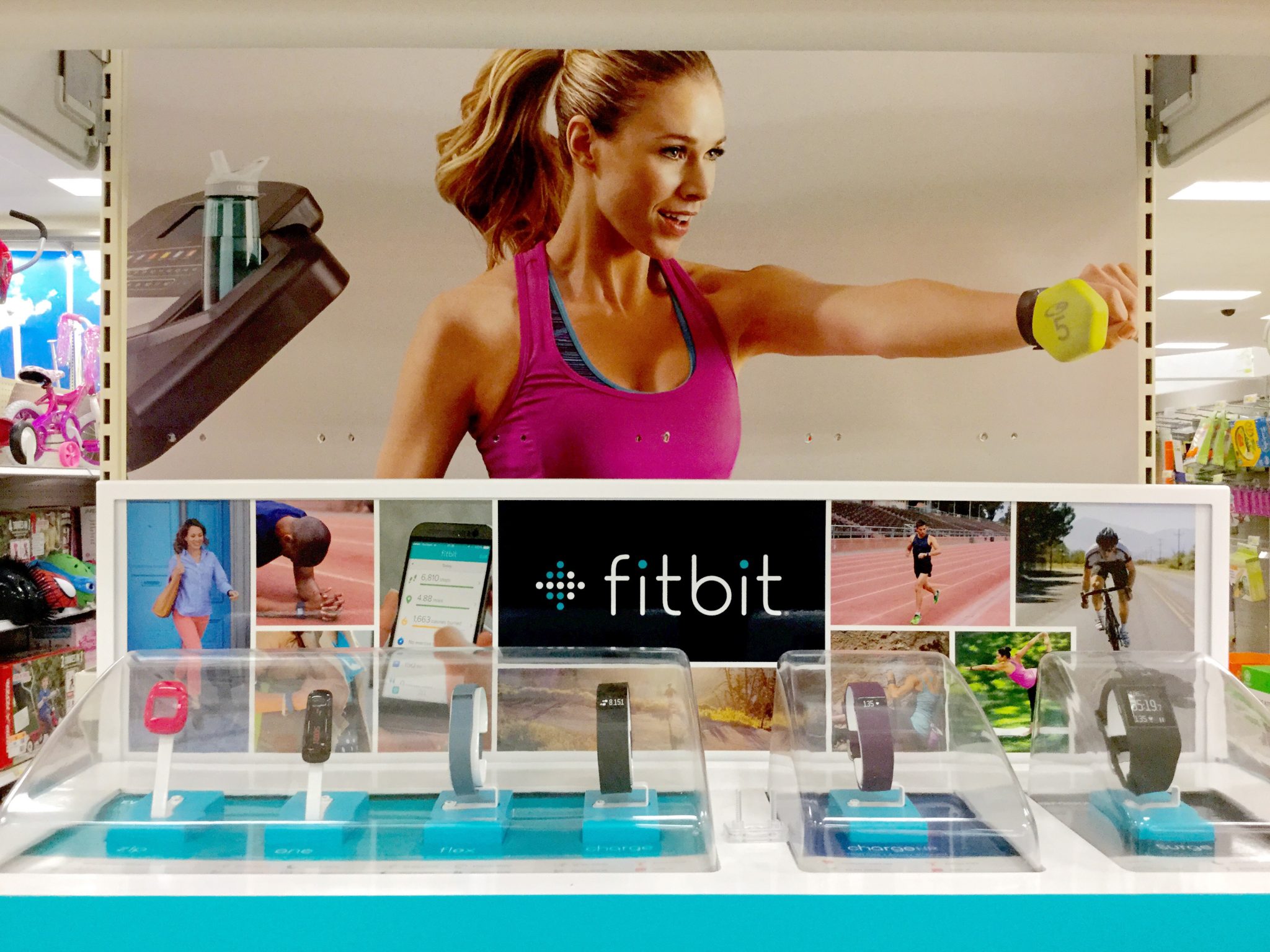Lily Tomlin said, “No matter how cynical you become, its never enough to keep up.” The more I dig into this mobile wellness space, the more that comment resonates with me.
I am pretty excited about mobile fitness trackers. I get excited about the challenges of acquiring users and monetizing them in this space. I’ve taken a look at fitbit and Nike’s Fuelband as well as online activity trackers on the iPhone and Android platform like Runstar, Sporttracker, and iMapMyFitness. But, in a sense, I’ve been wallowing in the shallow end of the pool.
The whole universe of Mobile Health, or mHealth, encompasses both these personal fitness apps and systematic health delivery programs on the national and global scale. Looking at the technology at this scale, the perverse incentives and rewards of our for-profit healthcare system rear their ugly heads and bring sharp focus to concerns on privacy and ownership of data.
For the quick survey of what I’m talking about, take a look at this mobile communications for medical care report from China Mobile and University of Cambridge (by way of Craig LeFebrve). It’s a year old, but this mHealth report gives a startling overview on how technology can solve some of the thorniest problems in healthcare. The applications range from the prosaic, like WebMD repackaged as an app, to advanced malarial probes, lens-less microscopes and remote ultrasound sensors using mobile phones as a computational and communications platform.
Macaw, a new health app launched at this year’s CES show, lies squarely in this domain of remote sensing and reporting. Macaw and its backers give a glimpse of some of the ideas and dynamics of the entry of this kind of technology in the marketplace. Macaw is a joint venture from Qualcomm Life and US Preventive Medicine. Qualcomm Life was previously known as Qualcomm Wireless Health and is the initiative of the chip maker to own the communications infrastructure for data from remote medical devices. Basically, this app for your phone provides an activity and GPS tracker which is a small part of the preventive wellness plan that US Preventive Medicine retails to consumers for $49 initiation and $19/month at Sam’s Club. This prevention plan includes activity, diet and lifestyle guidance to help users reduce their potential for acquiring debilitating illness.
Retailing products is new for USPM. Most of prior business announcements have been about sales to employment groups. The Macaw application is the first manifestation of the kind of integrated health management and monitoring applications to be built on the Qualcomm’s 2net technology platform, which Qualcomm hopes will grow to include a vast variety of medical sensing technology that they can make available to other remote medical monitoring and diagnostic applications.
I’ve used a few mobile health apps like Endomondo, Nike +, Lose it!, and MyFitnessPal, and, compared to any of them, Macaw is both cryptic and cartoonish. It looks like the kind of software that you get when somebody else is paying for it. I got through the sign up, answered the 7 questions they need to make a plan for me, and then I was stuck. It wasn’t clear what to do next. Somehow my plan didn’t materialize. I thought about digging a bit further to figure this out, but paused. Something was bugging me.
This app would seem to have all the ingredients for the complete fitness solution — it includes activity and lifestyle choices, eating right and activity. The problem is that the business model and the benefits of application are all directed at the companies who provide the healthcare, and not at me, the consumer/patient.
I can get behind almost all the exercise and fitness apps on the market. Nike is all about just doing it. Livestrong is all about living strong as it were. I don’t have to question the motivation of the authors of the apps. These people make money by you reaching your goals, being happy about it, and telling other people. The goals of US Preventive Medicine are not so clear. US Preventive Medicine provides counseling services to large corporations to help their employees live healthier lifestyles. The idea being that they would then cost less to insure for health care, especially treatment for chronic medical conditions like diabetes and hypertension.
Seems to me that they make money when you, as part of a pool of subscribers to a health plan, lower your aggregate risk of getting an illness requiring managed care and maintenance (like diabetes.) My overall health and quality of life is incidental to providing medical cost outcomes to insurers and employers who contract for insurance programs.
Macaw kind of takes the fun out of getting healthy.
I am sure I am not alone in this sentiment — when I’m running 25 miles a week or counting calories to reach my fitness goals, I’m not really interested in a “win-win” with the insurance company. I’m doing the work for my health. When you look at who benefits, it is fairly transparent. US Preventive’s messaging and public communications all point to the fact that their customers are insurance companies or the corporations buying health insurance, not the people trying to be healthier. And, so, my spider sense tingled, my cynicism took hold, and I abandoned the app.
This is really too bad, because preventive health education and engagement programs are the best bang for buck in terms of both patient quality of life and return on investment. I personally want them to succeed. To do so, however, they will need to shift their model to be relevant to and authentic for their real customer.
